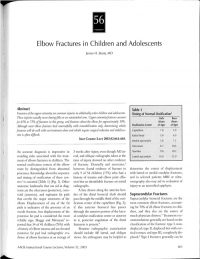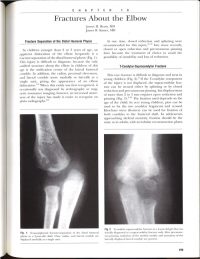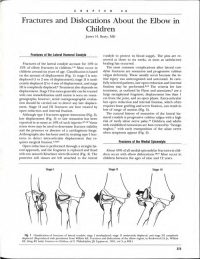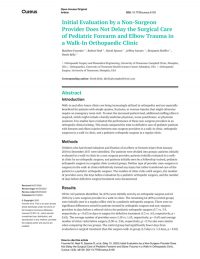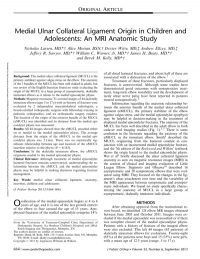What is the elbow?
The elbow is a joint in the arm that connects three bones: (Figure 1)
- Humerus: bone in upper arm stretching from the shoulder to the elbow
- Radius: forearm bone stretching from the elbow to the wrist on the thumb side
- Ulna: forearm bone stretching from the elbow to the wrist on the pinky side
These three bones allow the arm to bend, straighten, and rotate. The radius allows the forearm to rotate the palms up or down. The ulna acts as a hinge, sitting in the pocket of the end of the humerus, to allow bending and straightening of the arm.

